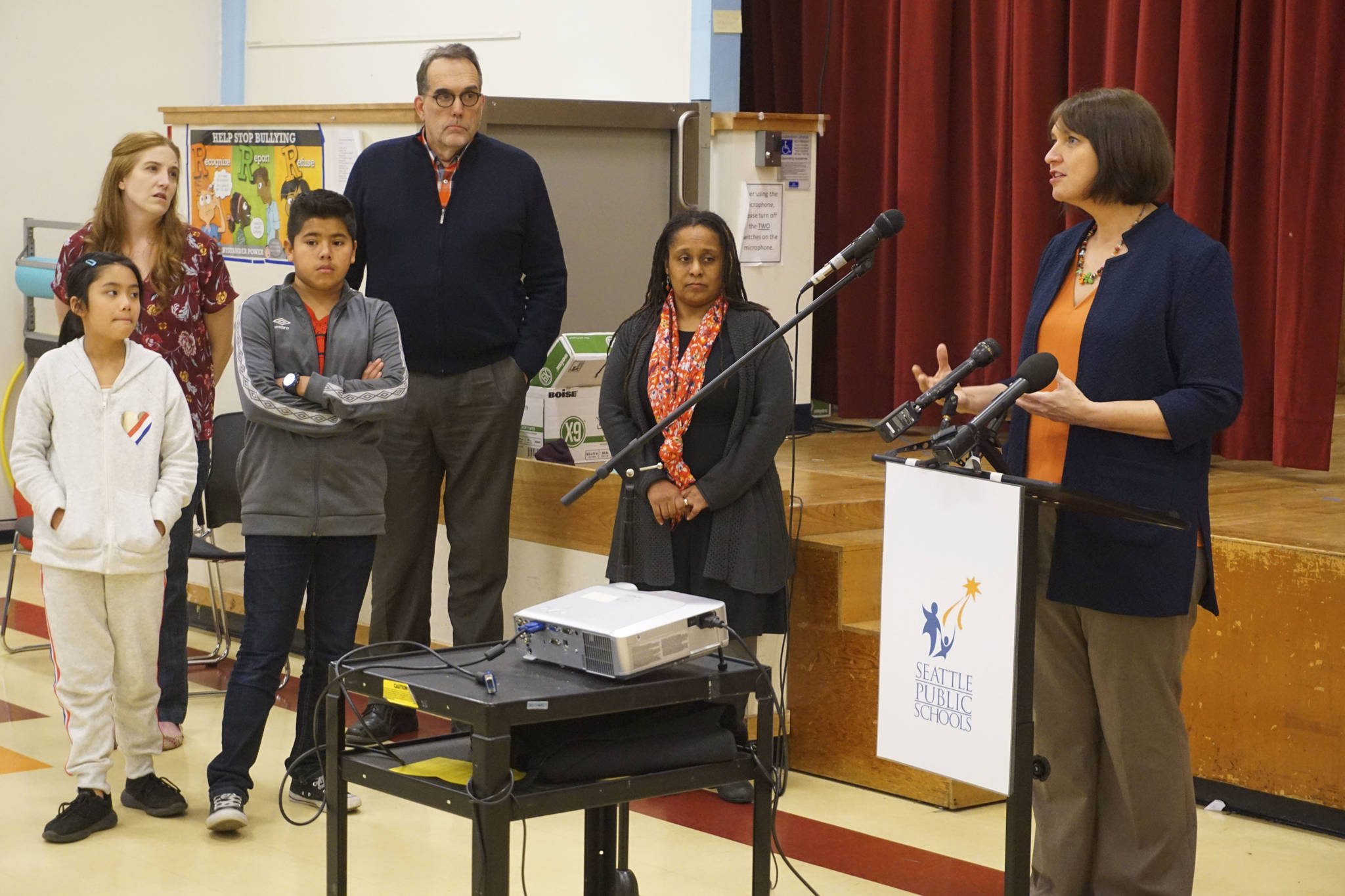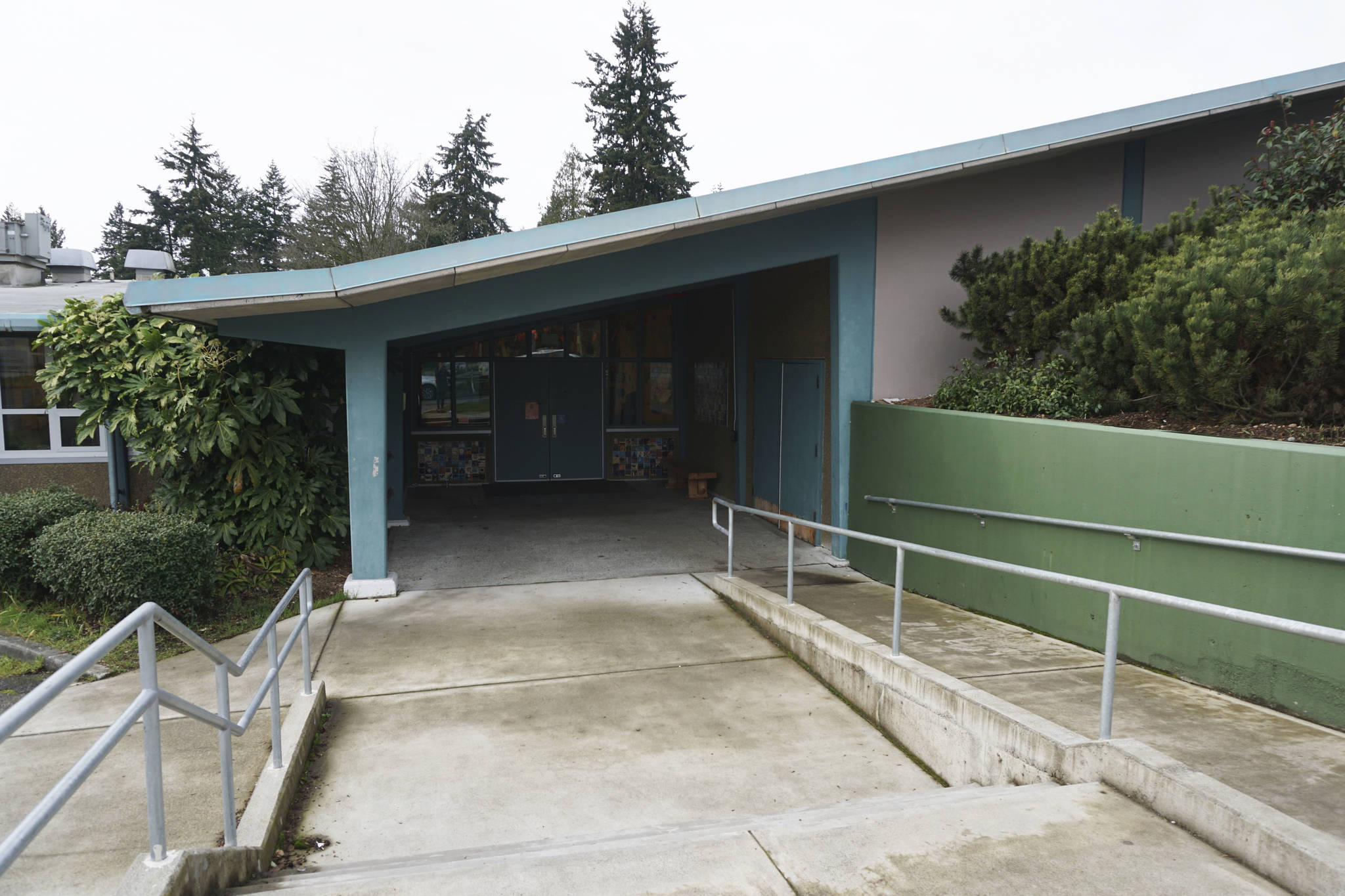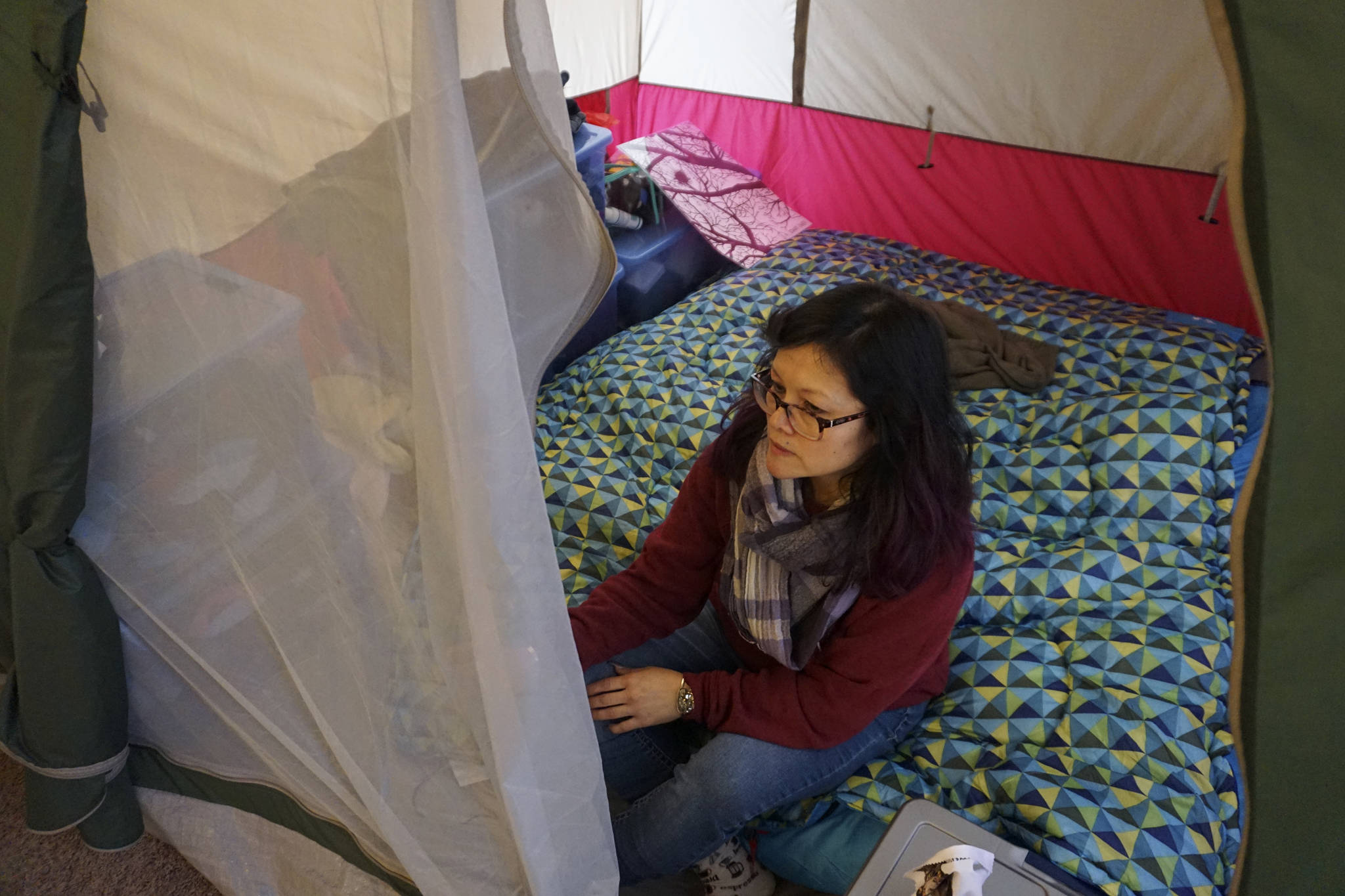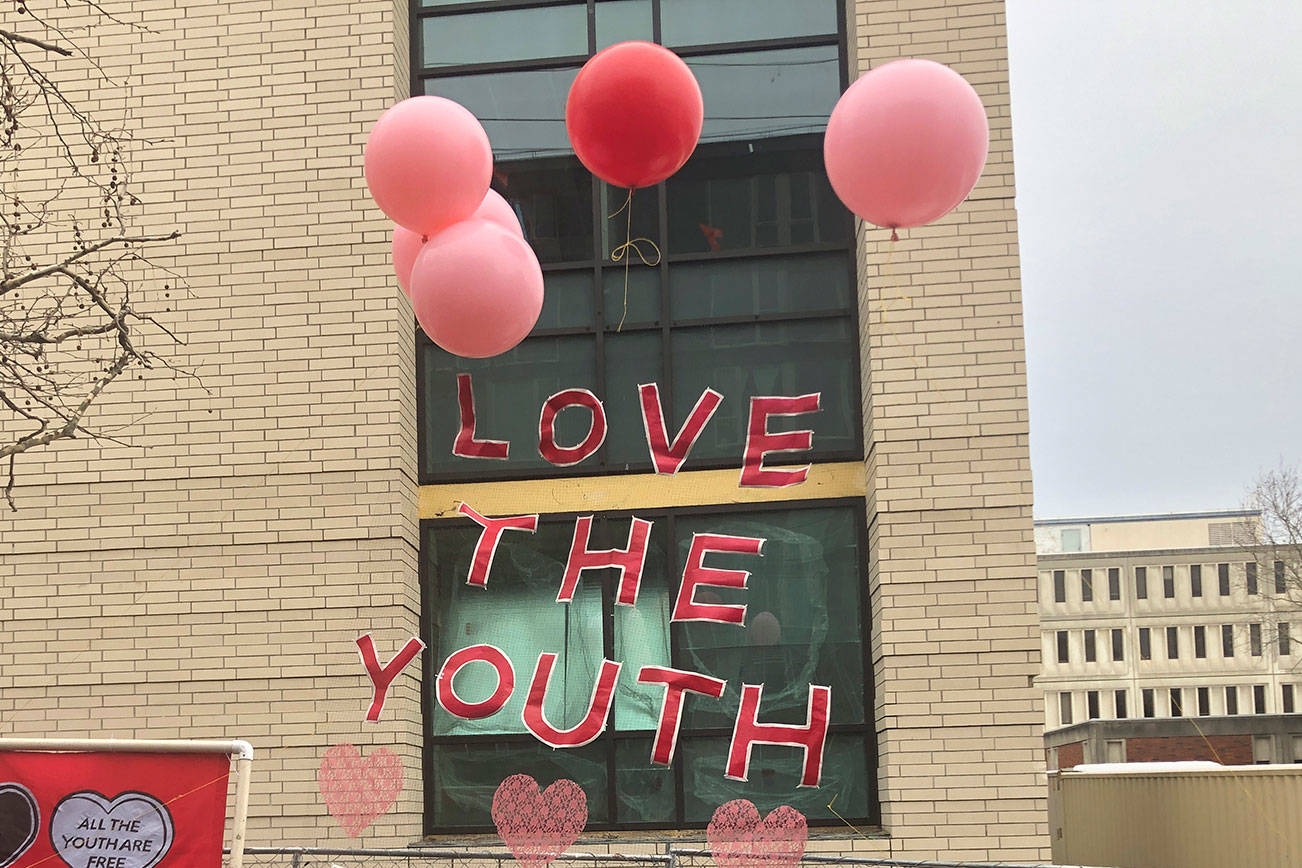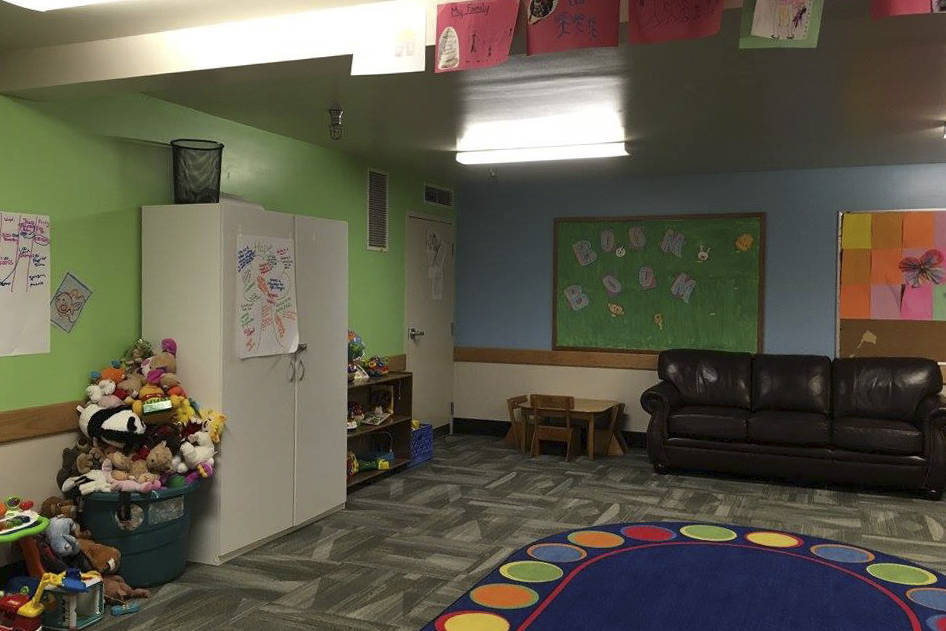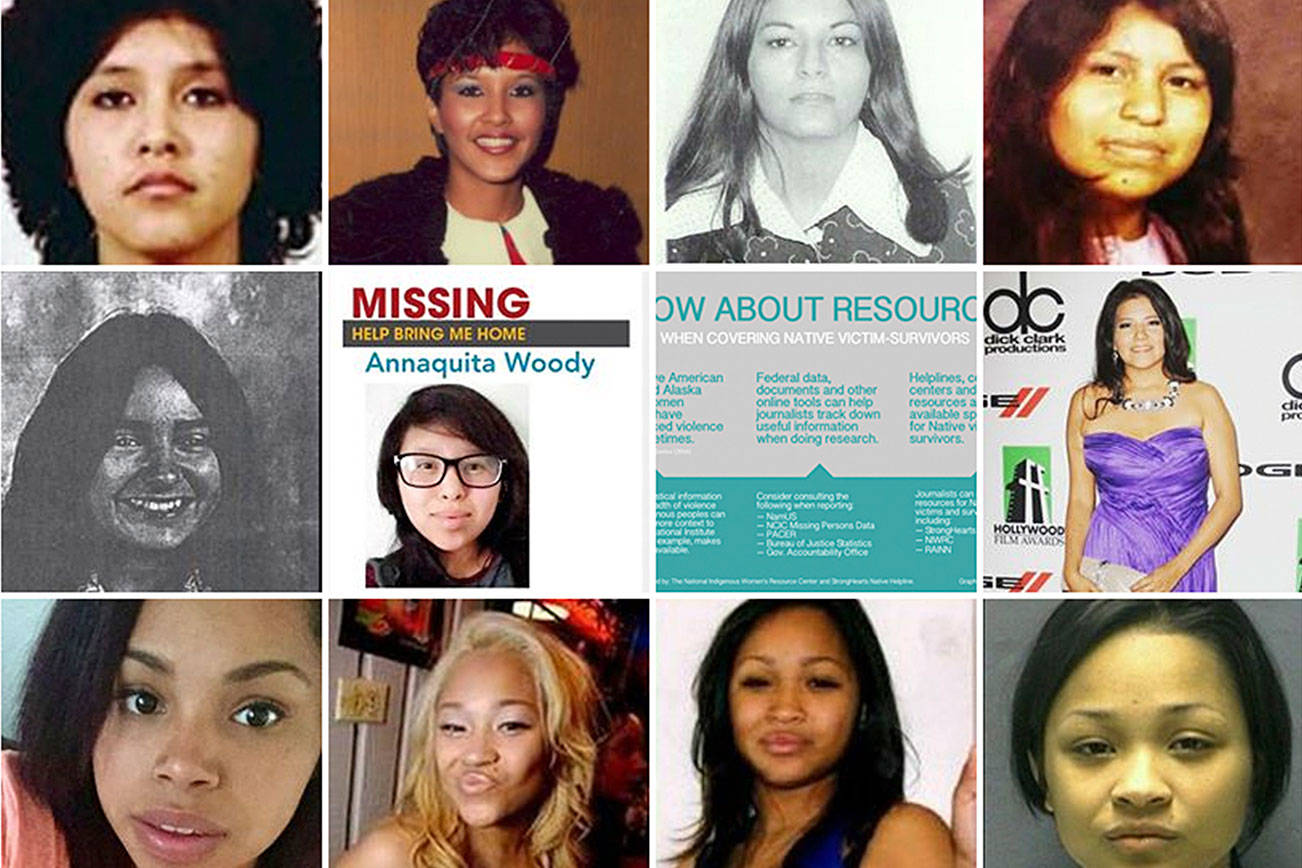“We need nurses in schools, we need counselors in schools. We need all of those staff that make up an education system that can address the entire needs of the students,” Seattle Public Schools (SPS) Superintendent Denise Juneau said during a Thursday press conference in the cafeteria of Northgate Elementary School. The two education levies on the Feb. 12, 2019 ballot, she continued, would help fill the financial gaps created by the state legislature in its attempt to fully fund schools.
The financial shortfalls stem from the state legislature’s response to a 2012 Supreme Court order that found the state was underfunding the K-12 school system. To resolve the nearly decade-long legal battle over public school funding known as the McCleary decision, the state legislature created a funding solution that sought to end the state’s reliance on local property taxes to fund basic education.
As a result, the state has decreased the amount of money that SPS is allowed to annually collect through the local education-levy funding, from $4,000 to $2,500 per student. SPS has cited legislators’ solution to the McCleary decision as the cause for a projected shortfall since August 2018.
The three-year $815 million Educational Programs and Operations Replacement Levy — Proposition 1 — and the six-year $1.4 billion Building Excellence V Capital Levy — Proposition 2 — renew current levies that will expire in 2019. If approved by the voters, Proposition 1 will fund daily operations including adding additional staff, paying for textbooks, and bridging the $72 million gap in special-education funding between what the state provides and SPS offers to the 7,000 students who access services.
According to the district, the levy is all the more necessary because the state funds only nine nurses, while SPS employs 63. Proposition 2 would affect every school in the district by funding the modernization or replacement of eight schools, including Rainier Beach High School. It will also provide money needed to add 1,908 new seats districtwide; increase safety and security at each school by updating the fire-alarm system, securing school sites, and making earthquake improvements; and improve classroom technology at all schools.
If voters approve both measures Feb. 12, the tax rate per $1,000 of assessed home values will be $1.95 in 2020, $1.78 in 2021, and $1.62 in 2022. For homes valued at $700,000, the annual property taxes for the two levy renewals will amount to $1,367 in 2020, $1,244 in 2021, and $1,132 in 2022.
During the Jan. 24 press conference, Juneau assured reporters that the school district is communicating with the local legislative delegation and that, for the most part, lawmakers are aware that the McCleary solution didn’t fully fund Seattle schools. Although residents won’t be paying more for the levies than they did in previous years, the school district is asking to collect $133 million more than the legislature is allowing under its current cap. However, SPS administrators are hopeful that the state will change the current funding formula so that the district can collect all the money it’s seeking. If not, SPS will collect at the rate currently imposed by the legislature. “It’s important to know that Seattle Public Schools is not the only school district in this scenario — that there are a lot of districts that are having these funding shortfalls,” Juneau said at the press conference.
But not all districts facing budget shortfalls are taking the same approach as Seattle. Wahkiakum School District and Naselle/Grays River Valley School District, for instance, have chosen to decrease their expenses and combine bus routes among other cuts, according to the Wahkiakum County Eagle.
Yet Seattle city officials are rallying in favor of the propositions, with the Seattle City Council stating its support of the local education levies in the passage of resolution 31860 on Jan. 14. “The investments that are in front of voters this February are critical ones,” said resolution co-sponsor and Seattle City Councilmember Rob Johnson during the Jan. 14 council meeting. “Not only do we have a very, very long list of capital investments that would transform and reconstruct several schools throughout the city, but also would make investments in nearly, if not every single school in the city of Seattle.”
Johnson’s comments were followed by Councilmember Sally Bagshaw, who held up an SPS map of Seattle that highlighted the schools set to receive funding from money raised by the levies if voters approve them in February. Schools throughout the district that would undergo improvements aided by the levies were labeled with icons on the map, which covered most of the city. “I know that there’s been some controversy around this,” Bagshaw conceded. “People are saying ‘Well, how come the McCleary decision didn’t take care of this?’ Well, the McCleary decision didn’t take care of it, and so for us to continue to have the grade-A quality public school system that we want, we need to support this levy.”
During the public-comment section of the Jan. 14 city council meeting, Melissa Pailthorp, president of Schools First — a campaign organization that advocates for the passage of Seattle school levies — spoke on behalf of the resolution, noting that Seattle’s request to collect more funding than the legislature is permitting is not unique to Seattle. “Several other districts have taken this tack because we don’t want to have to come back to voters and ask again and to spend more resources and time on that,” Pailthorp said.
In response to complaints from district officials throughout the state who say that the McCleary solution is too restrictive, Governor Jay Inslee has proposed that districts be given more local levy flexibility beginning in calendar year 2020. As a result, Senate Bill 5313 seeks to increase the amount of money that schools can collect from local levies to the original 28 percent of a district’s state and federal funding.
The nonpartisan League of Education Voters has also taken issue with the legislature’s strategy for equitably funding schools, citing the cap on the amount of money that districts can collect through levies as a cause of inequity: “The $1,000-per-student funding difference between districts creates a funding inequity rooted in property wealth that disadvantages low-income communities. This inequity should be addressed, by increasing LEA to provide eligible districts with up to $2,500, so that the local levy system is a tool to enhance the program of education for all communities regardless of wealth,” authors from the League of Education Voters wrote in their recent issue brief on local funding.
The Washington Education Association — the statewide teachers’ union — agrees that legislators need to revise the levy rate, noting that local education taxes allow districts to pay teachers for additional work hours or to provide additional services.
“When the legislature passed its McCleary funding package, lawmakers went too far by putting severe limits on local school levies, which was not required by McCleary. WEA members strongly support Gov. Inslee’s legislation to restore local levy flexibility, which was heard in the Senate education committee earlier this week,” WEA spokesperson Rich Wood said in a statement emailed to Seattle Weekly. “We’re urging legislators to pass it so voters can continue to meet the unique needs of the students in their communities.”
